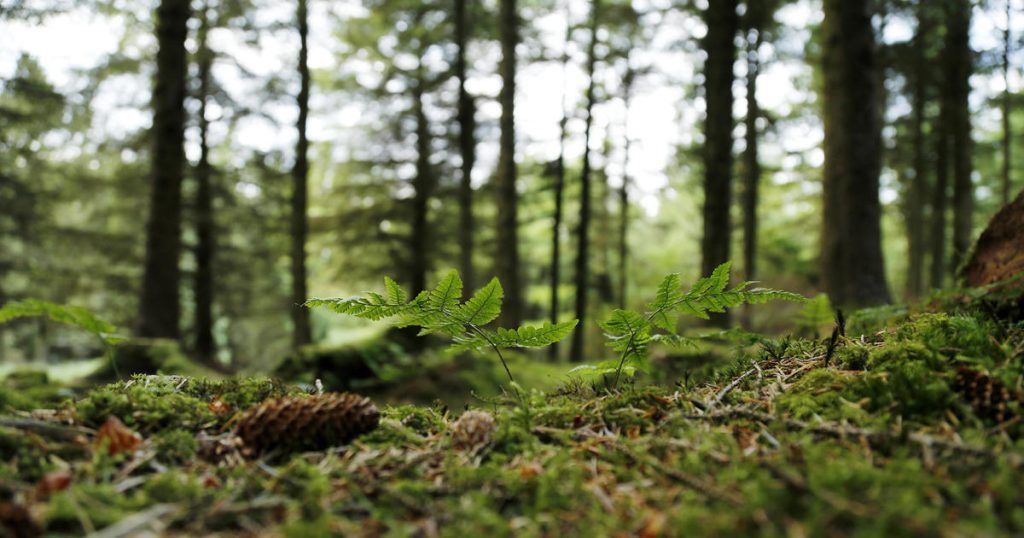Human composting is a new alternative to traditional burial and cremation that is gaining popularity among individuals who are looking for more sustainable and environmentally friendly options. Tom Harries, CEO of Earth Funeral, explains how the process works and why it is different from the traditional methods of disposing of human remains. Instead of burying or burning the body, human composting involves placing the body in a container with organic materials such as wood chips, straw, and alfalfa. Over the course of several weeks, the body naturally decomposes and turns into nutrient-rich soil that can be used to grow plants or trees.
One of the key benefits of human composting is its environmental friendliness. Traditional burial and cremation methods can be harmful to the environment, releasing harmful chemicals and greenhouse gases into the atmosphere. Human composting, on the other hand, is a natural and sustainable process that allows the body to return to the earth in a way that nourishes the soil and promotes plant growth. This can be an appealing option for individuals who are concerned about the impact of their death on the environment and want to leave a positive legacy behind.
In addition to its environmental benefits, human composting also offers a more personal and meaningful way to say goodbye to loved ones. The process allows family members and friends to be actively involved in the decomposition process, whether by helping to prepare the body or by tending to the compost pile as it breaks down. This hands-on approach can be a comfort to those who are grieving and can provide a sense of closure and connection to the deceased. It can also be a way to honor the deceased’s wishes if they were passionate about conservation and sustainability during their lifetime.
While human composting is still a relatively new concept, it is gaining acceptance and support from individuals and communities who are looking for alternatives to traditional funeral practices. Some states have already legalized human composting as a legal method of disposition, paving the way for more widespread adoption of this environmentally friendly option. As more people become aware of the benefits of human composting, it is likely that it will become a more widely accepted and accessible option for end-of-life care.
Despite its increasing popularity, human composting is not without its challenges and considerations. Some people may find the idea of decomposition unsettling or uncomfortable, especially if they are not familiar with the natural processes involved. There may also be logistical and regulatory hurdles to overcome, such as ensuring that the composting facility meets health and safety standards and obtaining the necessary permits and licenses. However, with proper education and support, these obstacles can be overcome, allowing more individuals to consider human composting as a viable and meaningful option for end-of-life care.
Overall, human composting offers a new and innovative alternative to traditional burial and cremation that is both environmentally friendly and emotionally meaningful. By allowing the body to return to the earth in a natural and sustainable way, human composting honors the deceased’s legacy and values while helping to protect the environment for future generations. As more people become aware of the benefits of human composting and as regulations and infrastructure continue to evolve, it is likely that this practice will become more widely accepted and accessible as a dignified and compassionate option for end-of-life care.















